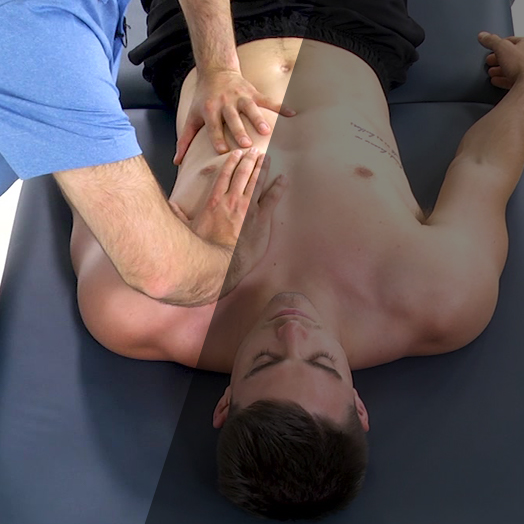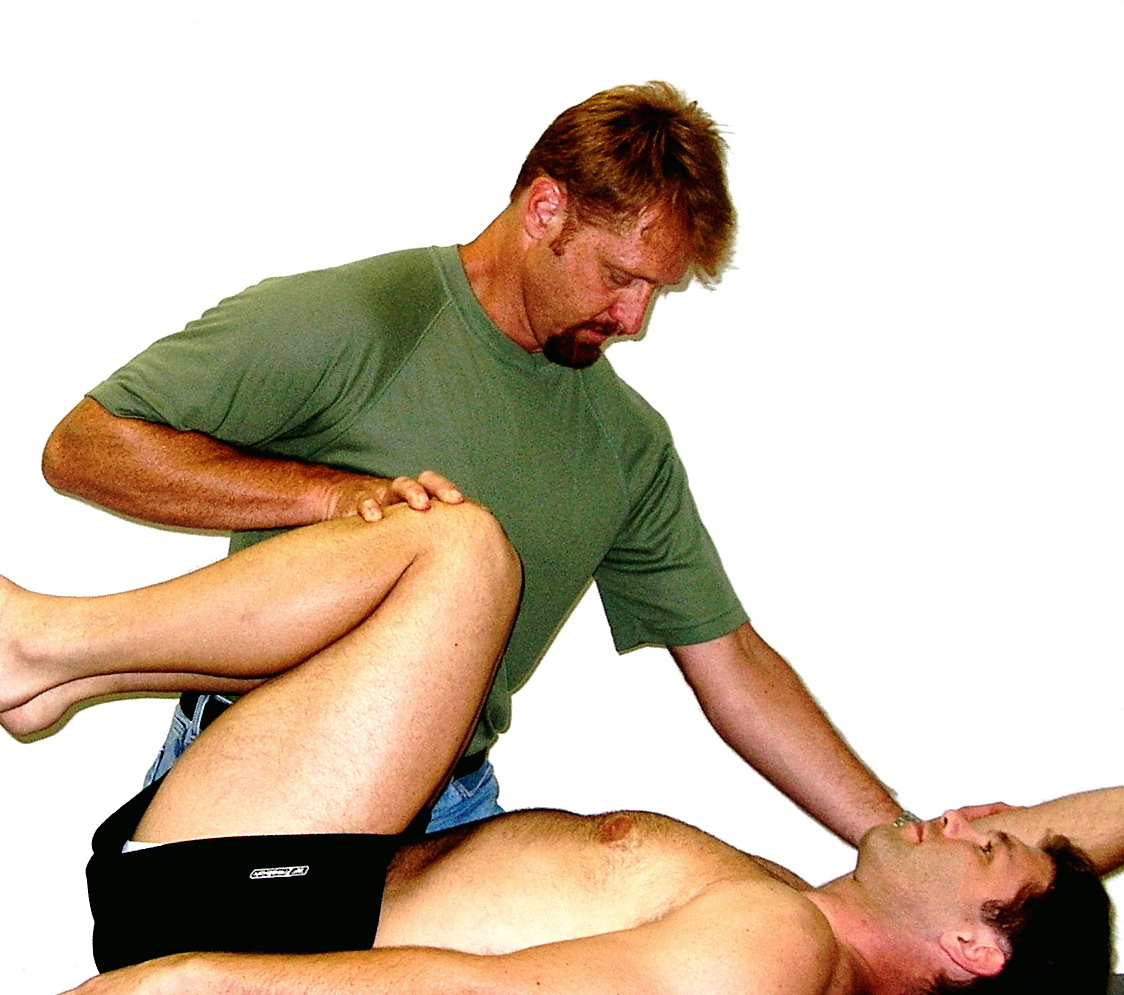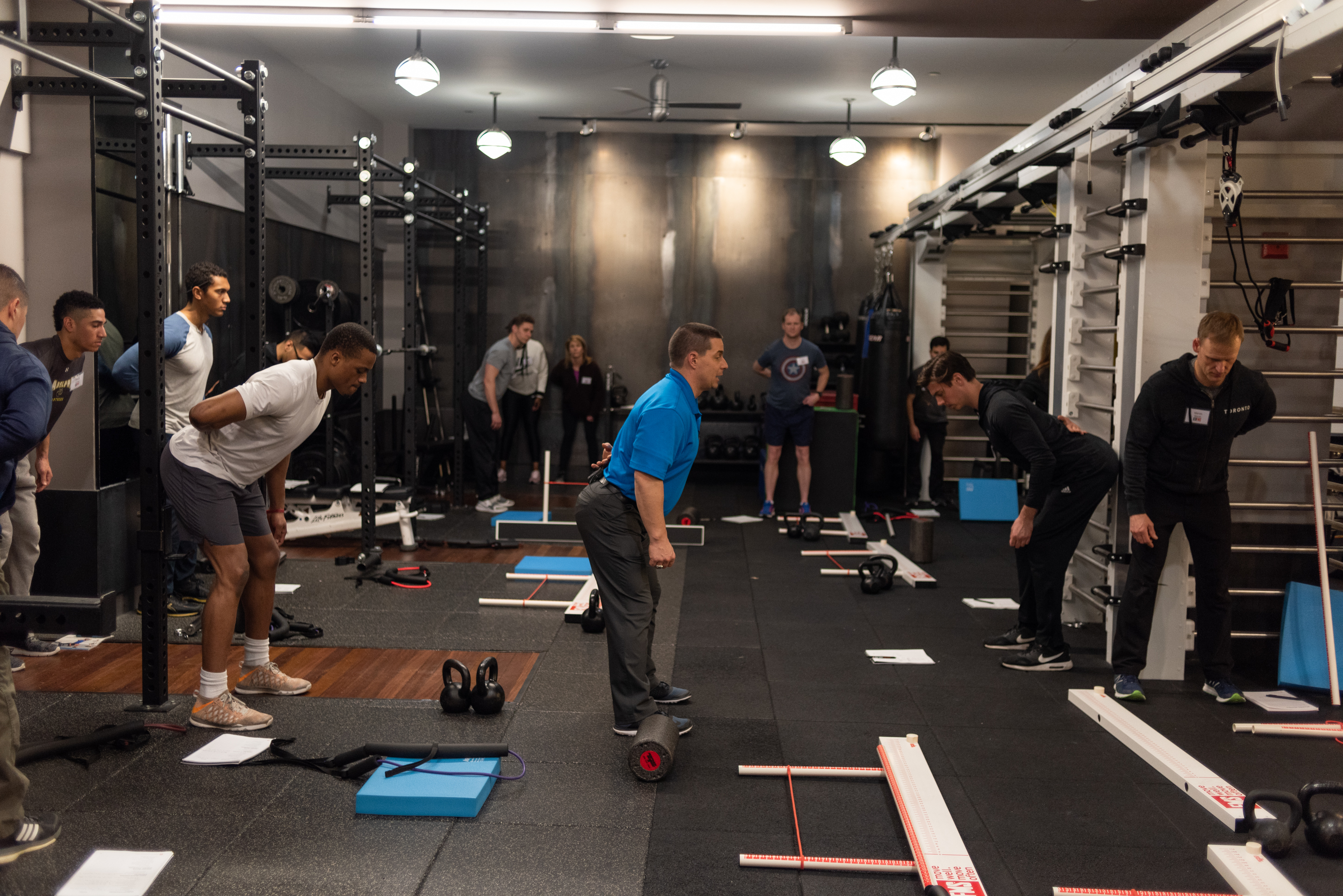Failure, Feedback and Success
Written by Gray Cook FMS
There is an art to screening.
Screening must be performed with no agenda whatsoever. We are not trying to change the way people value exercise or activity. We are not trying to change the way people value medical intervention.
We are simply trying to ask, “How do you move? Can you do better on your own with more opportunities? Do you need help interpreting the opportunities? Where are your problems?”
By creating screens, we’re actually protecting you from the next experience that could create harsh consequences to what could be an opportunistic failure. If you fail a screen, it’s still a failure, but you’ve lost nothing. You’ve gained the opportunity to learn why you failed, what it means, and how you can change that.
A screen must ask you to do a very simple movement. Even though you could lie and do worse, you cannot lie and do better.

The movements chosen for the Functional Movement Screen seem overly simplistic and almost elementary to the exercise professional. They seem like something any child should be able to do.
Those assumptions are very close to the truth.
On the flipside, the movements might seem excessive or ambitious for the healthcare professional working with aging adults. Why? Because we know that they will not do as well when compared to a younger version of themselves. However, we still make aging eyes read eye charts. We know they will often do worse, but we do not know the severity of decline or rate of change against a lifetime.
A poor score on an eye chart doesn’t hurt anyone and may actually prevent problems. Likewise, a poor FMS score doesn’t hurt anyone and may actually create clarity, direction and a logical decision for the next movement-based assessment.
The movement learning platform that gets us to adulthood is represented in the simple movements that all children possess in common. If you look at the developmental sequence of growth, children go through predictable phases: crawling, planking, kneeling, bridging, walking and running. On top of that, they build movements like jumping, carrying and climbing. They do this without a manual or an instructional video. They do it without a teacher or a coach. They do it in a very consistent and predictable way. The unpredictable factor is the decline of these abilities across the life span.

Life happens and preferences are installed. Environments vary and we all travel a slightly different moving path based on the people around us, environmental fluctuations and our own internal drive to challenge ourselves (or our own internal drive not to challenge ourselves due to fear of risk or failure).
If we were to ask the honest question, in the simplest way, we’d say “Do you currently have the learning pathways of movement that you had when you started this journey?”
If you answer “No,” I’d like to know which ones are lacking. They would demonstrate the areas to revisit and help you regain the learning platform before I can expect teaching to occur. Think about that big, big mistake in exercise—we assume everybody must be taught exercise. There is no reason to teach it if they can already do it. If they cannot do it, we must ask ourselves, is it because they haven’t been taught or because they can’t learn? Have they not had a learning environment or are they not capable of learning without some assistance and feedback.
The movement screen is designed to separate those who can simply use better teaching—those who have embraced faulty habits and poor exercise programming—from others, who even if the program is good, cannot learn at the rate of those around them. Their current state of learning does not provide clean, clear and actionable feedback.
Let’s keep it simple and create an honest feedback loop. Before we ask questions about human performance and human work capacity—human skills in particular environments—we should have a measurement tool for the bottlenecks in the learning process. When you cannot complete a fundamental movement pattern, I’m not so sure you need a particular exercise, piece of equipment or even a new program, because you may have a learning dysfunction. We need to find out if that learning dysfunction is going to be long-term or short-term.
Movement screening separates those people having enough movement faculties to learn—even independently, from those who have plateaued and probably won’t make it much further without outside intervention. We see people who hit plateaus in their medical progress, in their ability to lose weight and in their ability to function in other environments. They just hit the wall and can’t change any further. Sometimes, even outside intervention doesn’t help much.
In the field of movement—our field, I think we can do better.

The human brain is the ultimate learning system. Much of what we do with computer engineering is based on the brilliance of the neural network in the human brain. The only thing that can screw it up is poor input—the brain has nothing to work with. In computer terms, its “garbage in, garbage out.” But as long as that input can create consistent and beneficial patterns, the brain can learn from those patterns and successfully adapt to new environments.
The first demonstration of human learning is movement. We should screen it better.
. . . And by better, I mean, simply and honestly.
Move well enough to respond appropriately.
Move often enough to adapt accordingly.
Related Resources
-
Manage Your Minimums
Posted by Gray Cook





